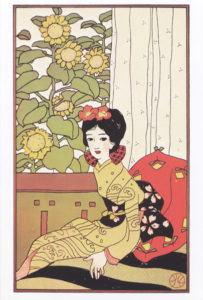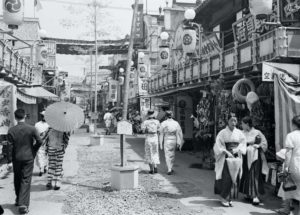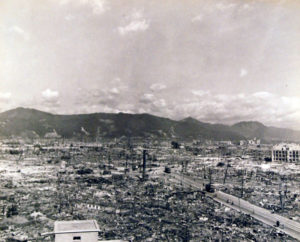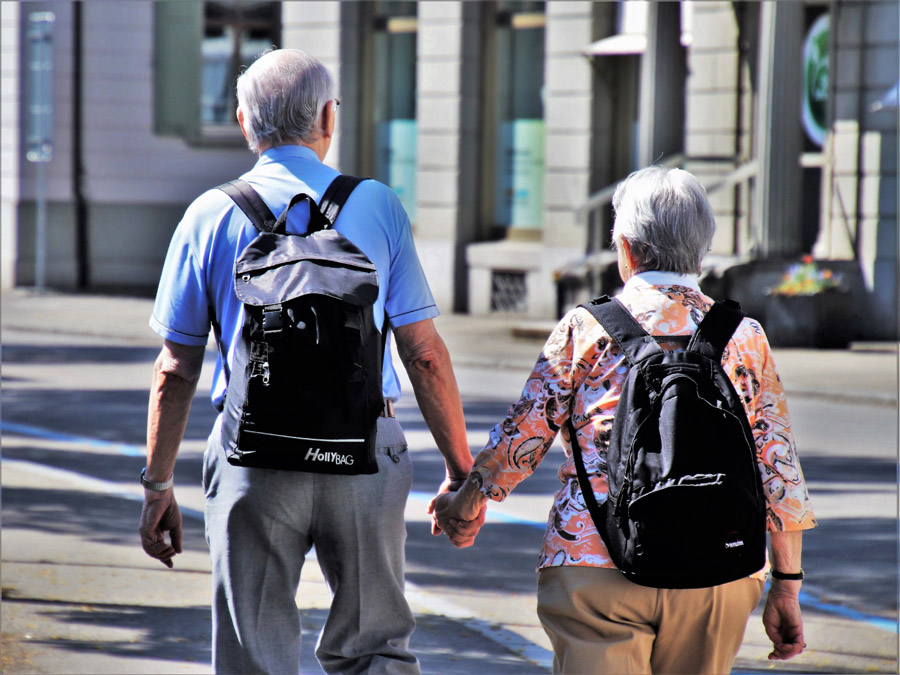A couple of days ago, I took a train in the suburb area of Tokyo. It was just before lunchtime, the autumn sun shone sharply through the windows, and all was a little chilly. There was plenty of space and free from the rush-hour crush of workers and students.
All Elderly, but Different
Unlike trains during rush hours, I noticed that passengers on the train were quite different from the ones during the rush hours. A person next to me was a man with gray hair aged around 70s, typing messages awkwardly on his smartphone. On the opposite side, there were three women around in their 60s, chatting cheerfuly about their hobbies. There was also a woman in her later 80s, taking a nap while holding a wooden stick. It spark a thought. While we might classify all of these people as elderly, they might be in different cohorts, with different experiences and different life values. They are all over 60 years old, but their ages are different, and their behaviors are different. The Late 80s and 60s could be parents and children.
Generations in the Elderly
Japan’s aging society makes “the elderly” ever more heterogeneous than before. The dynamic history of Japan over the past 100 years can tell us how Japanese have gone through different educations, economic, social and political environments in their lives. Let’s look at what generations in the elderly in Japan:
⋅ TAISHO GENERATION
(born 1912 – 1926; 93 – 107 years old in 2019)
|
They were born in the democratic era of Emperor Taisho as Japan continued to modernize. Ordinary people, however, suffered from poverty continuing from the Meiji Era. Also, the Japanese Family System in Taisho promoted loyalty and a sense of belonging to their families and encouraged them to have many children. We can still see that Taisho Generation takes simple meals, has no luxuries, and tries to stay connected with their families. They hold their stories of surviving many ups and downs. |
 |
⋅ SHOWA SINGLE-DIGIT GENERATION
(born 1927 – 1934; 85 – 92 years old)
|
Showa Single-Digit was born in the first-nine years of the reign of Emperor Showa. As children, they cheered their fathers off to war and lived their teens in the terrible hardship of its aftermath. In a country whose entire infrastructure had been destroyed, their labors drove the postwar economic recovery Society has recognized these Wartime Teenagers as a uniquely strong-minded, resilient, and confident generation. |
 |
⋅ YAKEATO (BURN-OUT RUINS) GENERATION
(born 1935 – 1946; 73 – 84 years old)
|
Yakeato Generation was born into devastation. All of their formative experiences were of poverty and fundamental transitions in politics, educations, and social systems. No wonder then that these grew into the radicals leading the student riots for peace and democracies of the 1960s. Their energies turned to their work, and they become workforces during the high economic growth period in Japan in the 1960s to 1970s. We can still see them resilient, but be active to speak up and move on. |
 |
⋅ BABY BOOMERS” – Dankai no Sedai (CLUMPED GENERATION)”
(born 1947 – 1949; 70 – 72 years old)
|
There was Baby Boom after World War II when many men returned from the war, got married, and had children. This generation is called Dankai no Sedai (Clumped Generation0, named by a Japanese author: Taichi Sakaiya. Baby Boomer is a large cohort with around 2.7 million babies born in just three years. This large cohort has always got attention from its massive employments to mandatory retirement en masse due to its impact on the economy. |
|
⋅ POST-BABY BOOMERS: APATHY GENERATION
(born 1950 – 1964; 55 – 69 years old)
|
This generation is quite different from other elder generations. As the contrast of enthusiastic Baby Boomers, Apathy Generation is cooled off and has a political apathy. Instead of politics, their interests were on individual well-being and achievements. Apathy Generation was the origin of current young generations on many things. They were the first generation who experienced heating entrance exam competitions. Manga, Anime, and computer games have grown from this generation, too. |
 |
We can see how people in these generations have experienced dramatic changes in their lives. They all have survived and lived by adapting to changes in their ways. Their efforts for adapting changes continue in modern society.
Not retiring, but influencing
Many people over 60 years old have already retired, but they are NOT idle, indeed. Some people are actively doing volunteer activities to participate in local communities. I just recalled men and women whom I saw on the train before lunchtime. They looked active in different ways. The man in his 70s managed the use of his smartphone. A group of women in their 60s enjoyed their long-time hobbies. They continue to consume products and services in coping with changes in society.
When we say elderly consumers, we tend to put them in one category: elderly people. We also often pay attention to just their current habits and attitudes and physical status. But their past experiences can influence their attitudes and behaviors on things today. Let’s explore them further and in greater depth.

